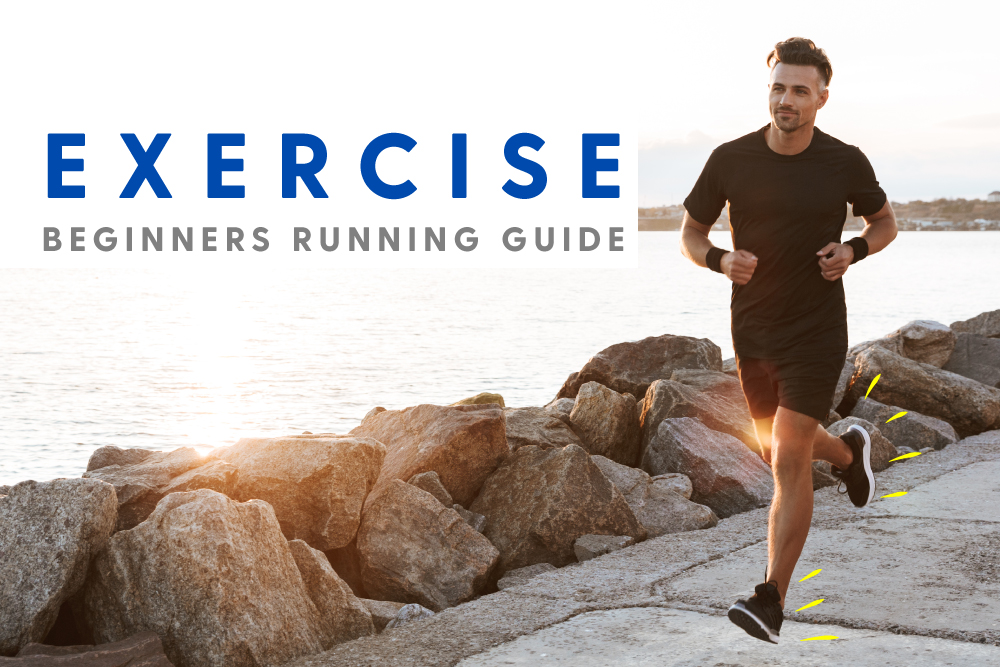
 A Beginner’s Guide to Running
A Beginner’s Guide to Running
With the closure of gyms around the country, many people have taken up outdoor running. Running is a great way to improve overall health and cardiovascular fitness and it’s also an effective way of stimulating the natural mood and energy hormones (endorphins) in our body – running can feel great! But running can also present certain challenges. Here are a few tips to follow to get you started and keep you on track – particularly for those new to running.
-
One step at a time
You didn’t go to the gym and start squatting or deadlifting 100kg, you gradually increased the weight and refined your technique over time. Same goes for running – it’s important to slowly build up your distance, speed and the number of times you run in a week. Maybe try running every second day to give your body the rest it needs between runs to adapt to the change in activity and loads. Start with small distances and incorporate a combination of walking and jogging into the run. Try out intervals e.g. 5 minutes run and 5 minutes walking for 3 rounds. We suggest your weekly schedule should include both interval running and slower continuous running.
-
Warm-up exercises
Just like in the gym, warming up and warming down helps improve performance, recovery and may reduce the risk of injury. Here are some helpful warm-up exercises to try before running. Try doing 2 rounds of 10-12 repetitions of each of the exercises listed.
Gluteal bridges (gluteal and hamstring activation)

- Start with your feet hip width apart, lying on your back
- Gently draw your belly button in
- Take a breath in and lift your hips up to a comfortable height as you exhale
- Hold at the top of the movement for 1-2 seconds
- Slowly lower your hips down to the ground
- Repeat
Calf raises (calf activation)
- Stand on one leg
- Shift the weight to the front of your foot and press through your toes until your heel comes off the ground
- Hold at the top of the movement for 1-2 seconds and then slowly lower your heel back down
- Repeat
Toe taps (abdominal activation)

- Bend your knees and lift them off the ground so they are directly above your hips
- Gently draw your ribs down towards your hips and your belly button in towards your spine
- Lower your right foot towards the ground and bring back up to the starting position before alternating legs (Make sure your back stays flat on the ground. If you notice your lower back lifting, don’t lower your leg as far).
-
Keep up with your resistance training
Strength training improves running performance so try your best to adapt your gym program to a home program. If you’re unsure of how to do your resistance training at home, or want a more specific, tailored program, book in to see one of our Accredited Exercise Physiologists.
